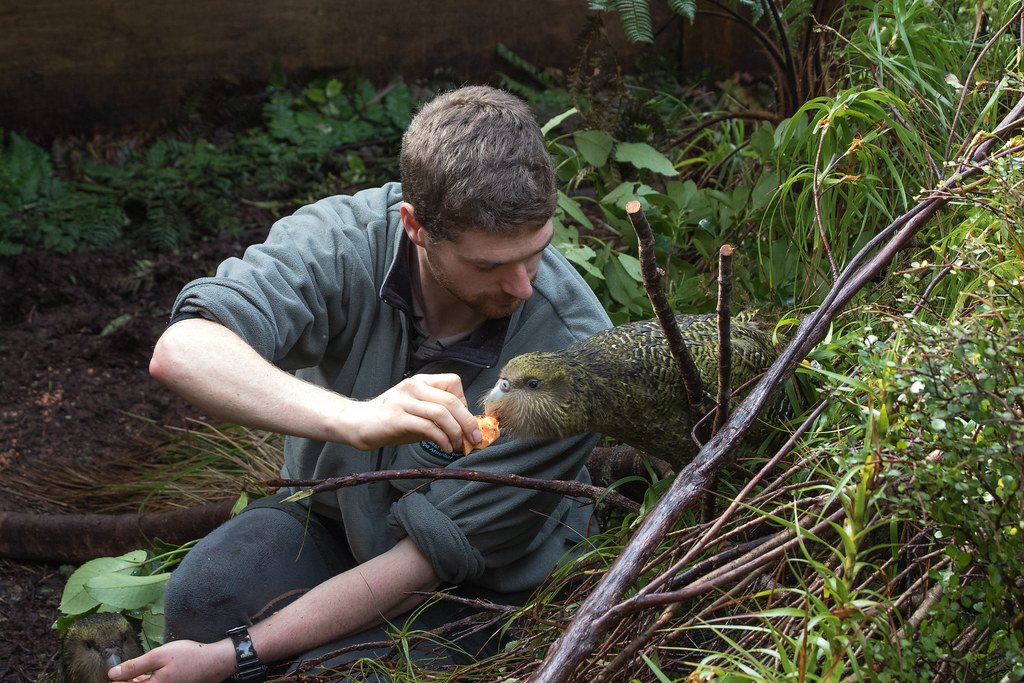There’s a restless energy beneath Wellington that you can almost feel humming through the city’s bones. Imagine sipping coffee on Cuba Street while, just below your feet, colossal slabs of Earth are quietly shifting, plotting the city’s next chapter. The very ground that gives Wellington its rugged hills and breathtaking harbour is also the source of its greatest risk—and its greatest fascination. As new research peels back the layers of Aotearoa’s capital, it’s clear: Wellington’s story is still being written by the shaking hands of geology. Earthquakes here aren’t just distant threats; they’re woven into the city’s DNA, affecting everything from skyline dreams to daily commutes. If you’ve ever wondered how deep-time forces shape our modern world, Wellington is a living, breathing classroom—one that’s impossible to ignore.
Hidden Forces: The Faults Beneath Our Feet
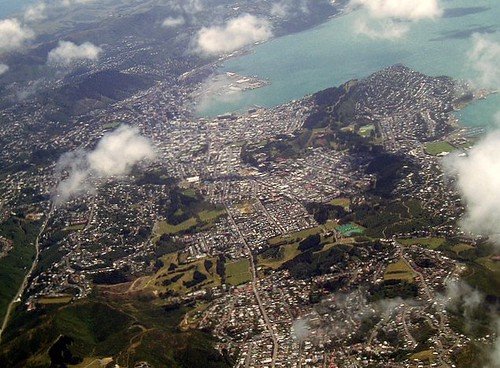
Beneath Wellington’s charming streets and weathered Victorian homes lies a complex web of geological fault lines. These cracks in the Earth’s crust, some of which have only recently been mapped, are the product of millions of years of tectonic pressure. The main culprit is the Australian and Pacific plates, grinding relentlessly against each other far below the city. Every so often, this pressure is released as an earthquake, sending shockwaves through the city and into the history books. Scientists have discovered that not all of Wellington’s faults are obvious; some are buried deep, hidden from view but capable of dramatic movement. For residents, this means the ground beneath their feet is far more dynamic—and unpredictable—than most realize.
The Wellington Fault: A Sleeping Giant
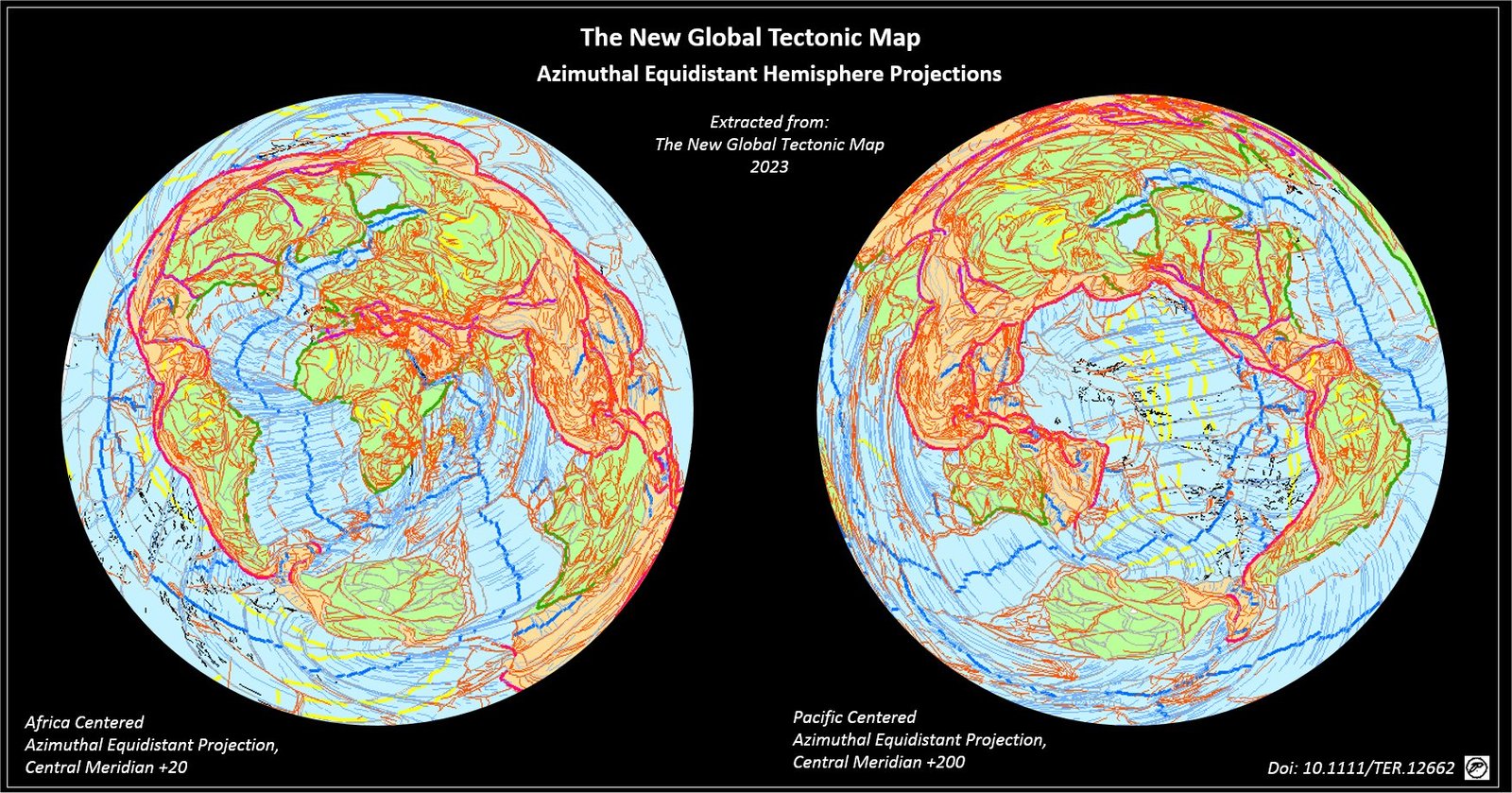
The Wellington Fault is the city’s most infamous geological feature. Stretching for over 75 kilometers, it runs like a scar through the heart of the region. Geologists have spent decades studying its path, uncovering evidence of powerful earthquakes that reshaped the land long before European settlers arrived. The last major rupture was about 300 to 500 years ago, but scientists warn that it’s only a matter of time before it awakens again. This fault has the potential to cause widespread devastation, but it also serves as a reminder of how Wellington’s dramatic landscape was born.
Newly Discovered Faults: Unseen Dangers
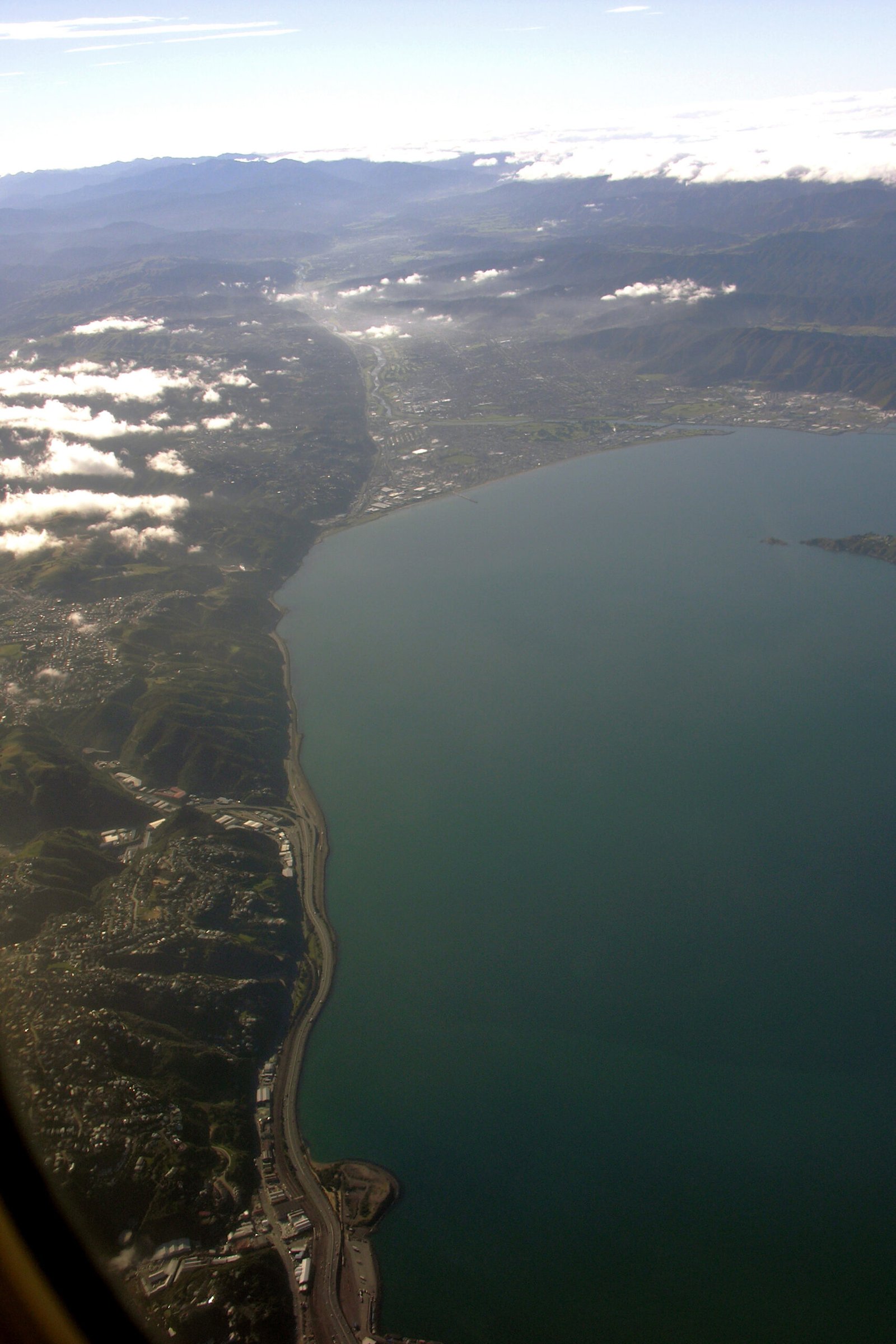
Recent advances in seismic technology have revealed a surprising number of previously unknown fault lines beneath Wellington. These hidden faults have caught scientists off guard, prompting urgent research into their potential impact. Some run directly below densely populated suburbs, raising difficult questions about building safety and disaster preparedness. These discoveries have forced the city to rethink its risk assessments and urban planning. It’s a sobering realization that there’s much more happening beneath Wellington than meets the eye.
Earthquake History: Shaking the Past
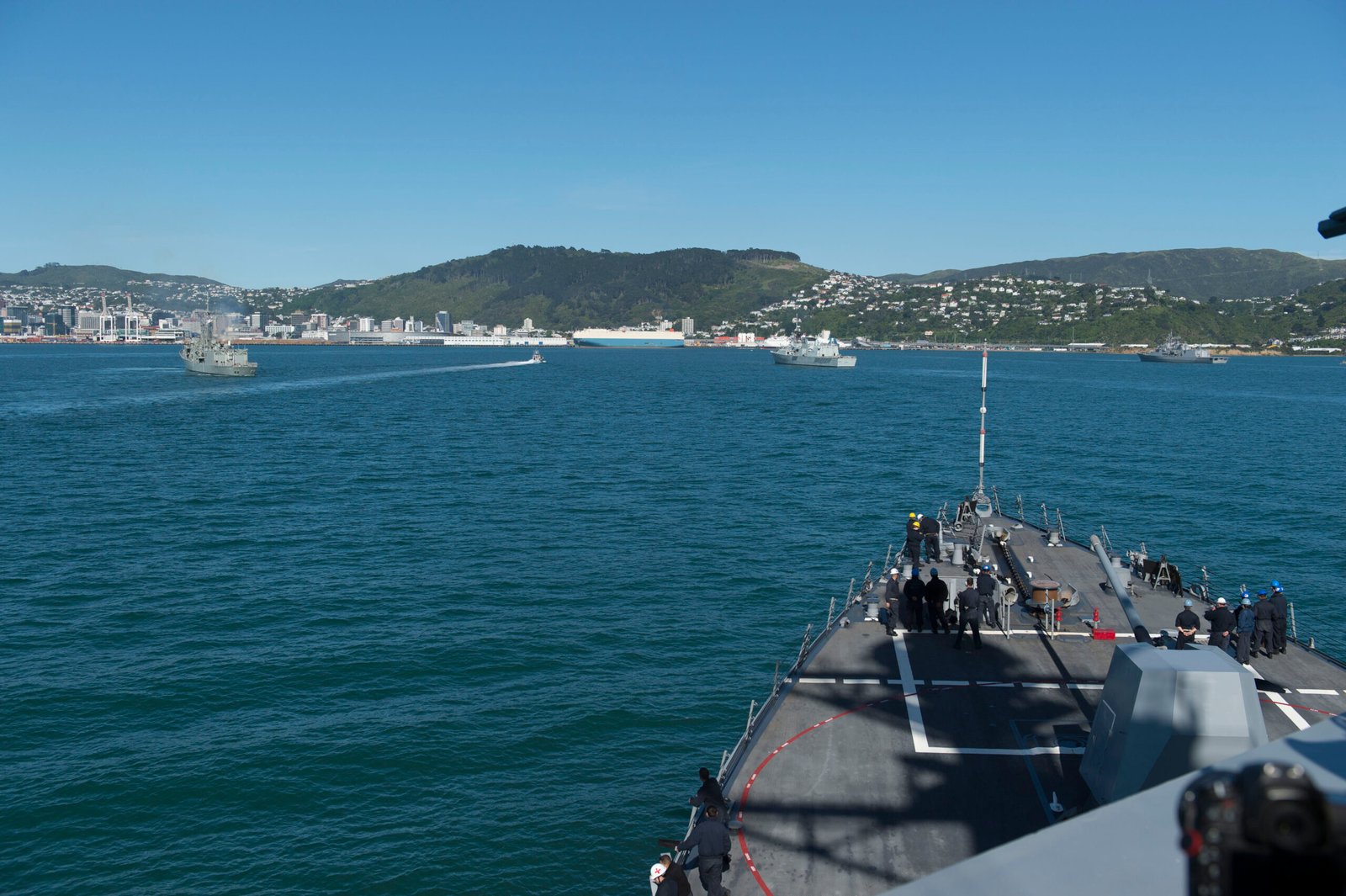
Wellington’s history is punctuated by powerful earthquakes. The 1855 Wairarapa earthquake, one of the largest ever recorded in New Zealand, literally lifted parts of the city by several meters. Streets buckled, buildings toppled, and the coastline was forever altered. More recently, the Kaikōura quake in 2016 rattled nerves and infrastructure, reminding everyone that seismic risk is never far away. Each quake leaves its mark, not only on the landscape but on the collective psyche of Wellingtonians. The city’s architecture, emergency protocols, and even its art reflect an intimate relationship with these earth-shaking events.
Modern Mapping: Peering Below the Surface
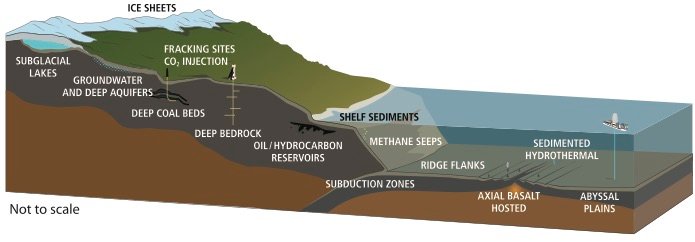
Thanks to breakthroughs in geophysical mapping, scientists can now see deeper and more clearly beneath Wellington than ever before. Techniques such as LIDAR, 3D seismic imaging, and ground-penetrating radar are revealing the true complexity of the fault network. These tools allow geologists to predict where future earthquakes might strike and how the ground will respond. What’s emerging is a picture of a city perched on a geological crossroads, where ancient faults interact in surprisingly intricate ways. This knowledge is empowering—but also daunting, as it underscores just how much remains unknown.
Engineering on the Edge: Building for the Future
Living in Wellington means building with earthquakes in mind. Engineers here face challenges that few other cities must consider. Every new skyscraper, bridge, and tunnel is designed to withstand significant shaking. Innovations like base isolation, deep foundation piles, and flexible building materials are now standard practice. Yet, the discovery of new fault lines and deeper understanding of seismic behavior mean that building codes are constantly evolving. It’s a race between nature and technology, with the stakes as high as the city’s tallest towers.
Urban Planning: Rethinking the Cityscape
Wellington’s planners are reimagining the city in light of its shifting geology. Zoning laws now take fault lines and landslide risks into account, guiding development away from the most dangerous areas. Green spaces are being used as buffers, doubling as both community parks and emergency assembly points. The city’s compact design, once a product of its hilly terrain, is now seen as an advantage for resilience and rapid evacuation. Each new discovery beneath the city leads to hard choices about where—and how—people should live.
Community Preparedness: Living with Uncertainty
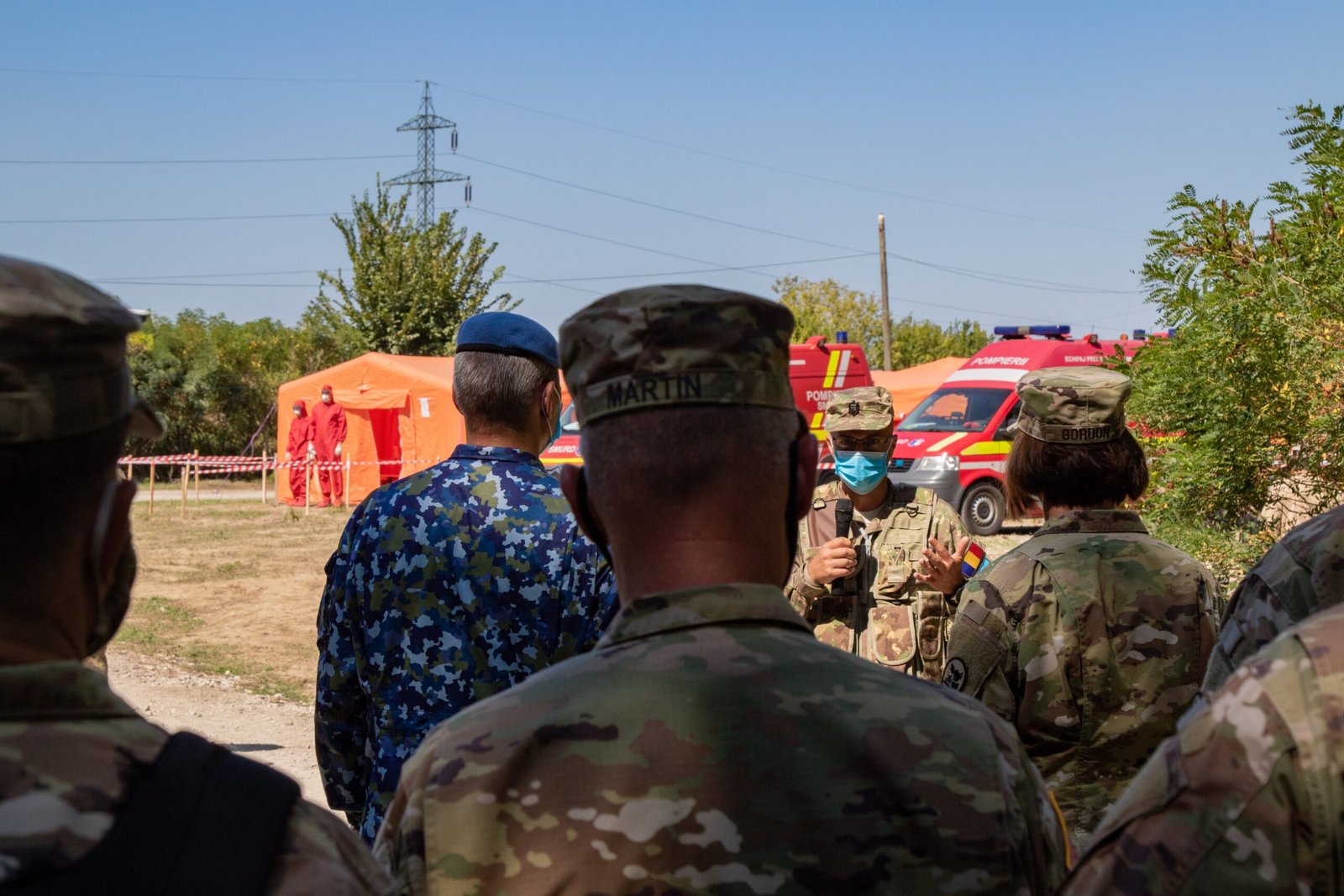
The people of Wellington are well aware that earthquakes are part of their reality. Schools conduct regular drills, businesses have emergency plans, and households keep “getaway bags” packed with essentials. Local government runs public education campaigns, teaching residents how to “Drop, Cover, and Hold.” There’s a sense of camaraderie that comes from facing a shared risk, but also a persistent anxiety that lingers just below the surface. Preparedness here isn’t just a checklist—it’s a way of life.
Scientific Collaboration: A Global Effort
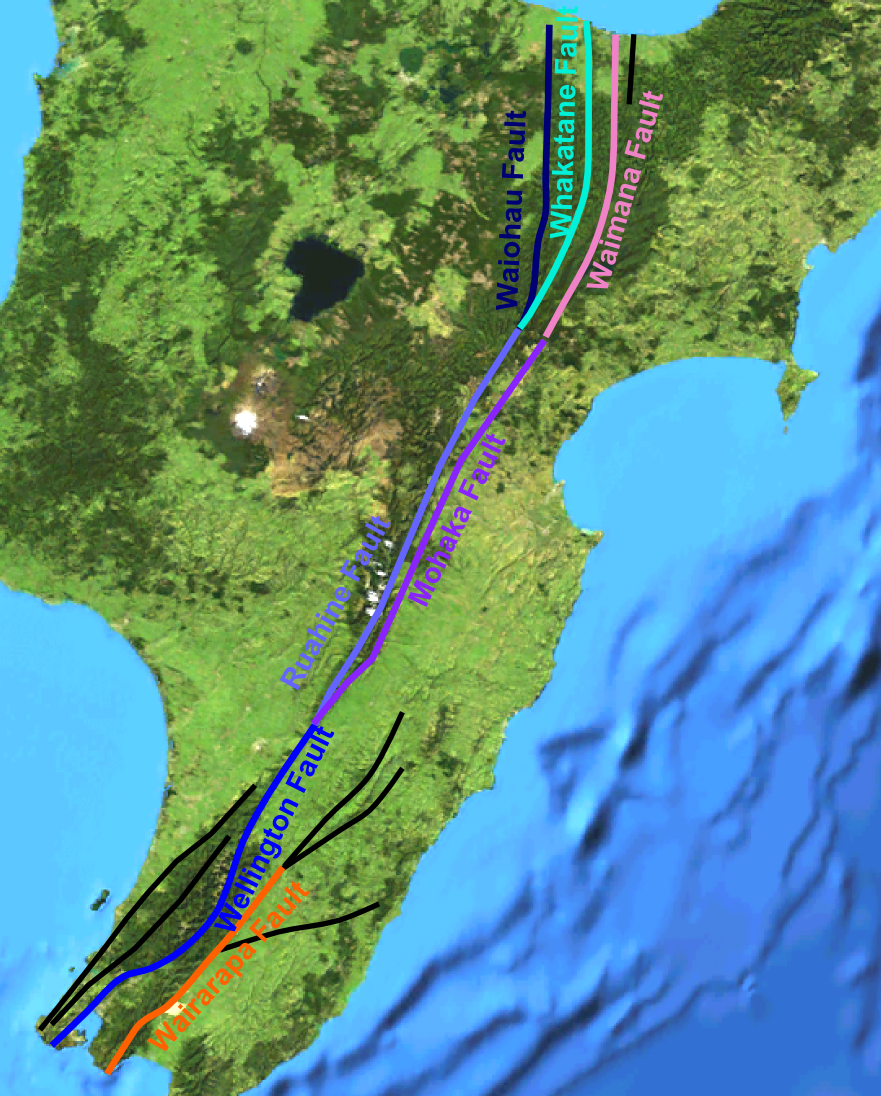
Understanding Wellington’s fault lines isn’t just a local project; it’s a global collaboration. Seismologists from around the world are drawn to the region, eager to study its unique geological setting. International research teams share data and technology, hoping to unlock the secrets of earthquake prediction and mitigation. This cross-border approach brings new ideas and resources to Wellington, making it a living laboratory for seismic science. The hope is that lessons learned here will help cities worldwide facing similar risks.
Climate Change and Geology: A Complex Relationship
It’s easy to think of earthquakes and climate change as separate issues, but in Wellington, they’re intertwined. Heavy rainfall and rising sea levels can destabilize hillsides, increasing the risk of landslides triggered by shaking. Changes in groundwater can also affect the behavior of faults. As the climate shifts, so too does the city’s vulnerability to geological hazards. Planners and scientists are beginning to consider these connections, integrating climate resilience into earthquake preparedness.
Personal Stories: Life on a Fault Line
Ask any Wellingtonian, and they’ll have a story to share about a memorable quake. Some recall being woken in the night by shaking walls; others remember the eerie silence that follows a big tremor. For many, the risk is simply part of daily life—a backdrop to work, school, and social gatherings. Yet, there’s also a sense of pride in living in a city that faces its fears head-on. “We’re a resilient bunch,” one resident says, “because we have to be.”
Nature’s Sculptor: The Beauty of a Rugged Landscape
Wellington’s dramatic hills, winding coastline, and lush valleys owe their existence to the same forces that threaten the city. Earthquakes have pushed up mountains, carved out harbours, and created natural amphitheatres for wildlife and people alike. The city’s stunning vistas are a daily reminder of the power—and unpredictability—of geology. It’s a place where danger and beauty are inseparable, each shaping the other in a never-ending dance.
Lessons from the Past: Māori Knowledge and Earthquakes
Long before scientists began mapping fault lines, Māori oral traditions recorded stories of land that moved and waters that rose. These tales, passed down through generations, speak of respect for the forces beneath the ground. Today, researchers are working with iwi (tribes) to blend traditional wisdom with modern science. This partnership is revealing new insights into the history of earthquakes in the region, as well as new ways of building resilience for the future.
Warning Systems: Seconds That Save Lives
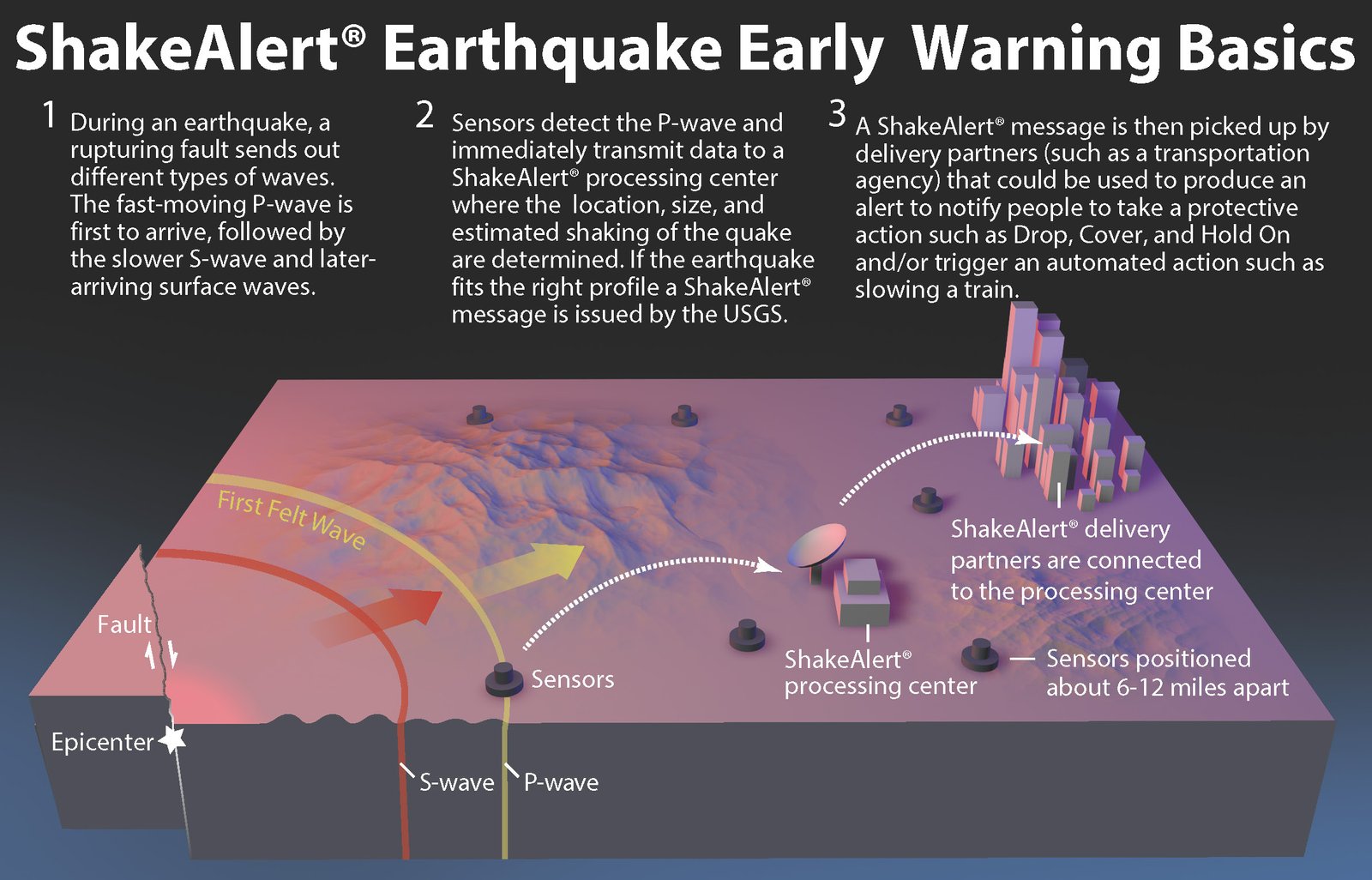
In an earthquake, seconds can mean the difference between safety and disaster. Wellington is at the forefront of developing early warning systems that can send alerts to phones and sirens before shaking begins. These systems use a network of sensors to detect the first signs of a quake and give people precious time to take cover. While not perfect, these warnings are already saving lives and are a testament to the power of technology in disaster risk reduction.
Lifelines: Infrastructure Under Pressure
Wellington’s roads, railways, and utilities are the arteries that keep the city alive. But they’re also vulnerable to disruption when the ground moves. Engineers are reinforcing bridges, burying power lines, and designing water networks that can withstand major quakes. The goal is to keep the city functioning, even in the aftermath of a disaster. Recent earthquakes have revealed both strengths and weaknesses in these systems, driving ongoing improvements.
Economic Impacts: Counting the Cost
Earthquakes have a profound effect on Wellington’s economy. When a major quake strikes, businesses close, tourism stalls, and insurance claims soar. The cost of rebuilding can run into the billions, straining public finances and disrupting lives. Yet, investment in earthquake resilience is also creating new opportunities. Companies specializing in seismic engineering, risk assessment, and disaster recovery are thriving, making Wellington a hub for innovation in this field.
Education and Outreach: Inspiring the Next Generation
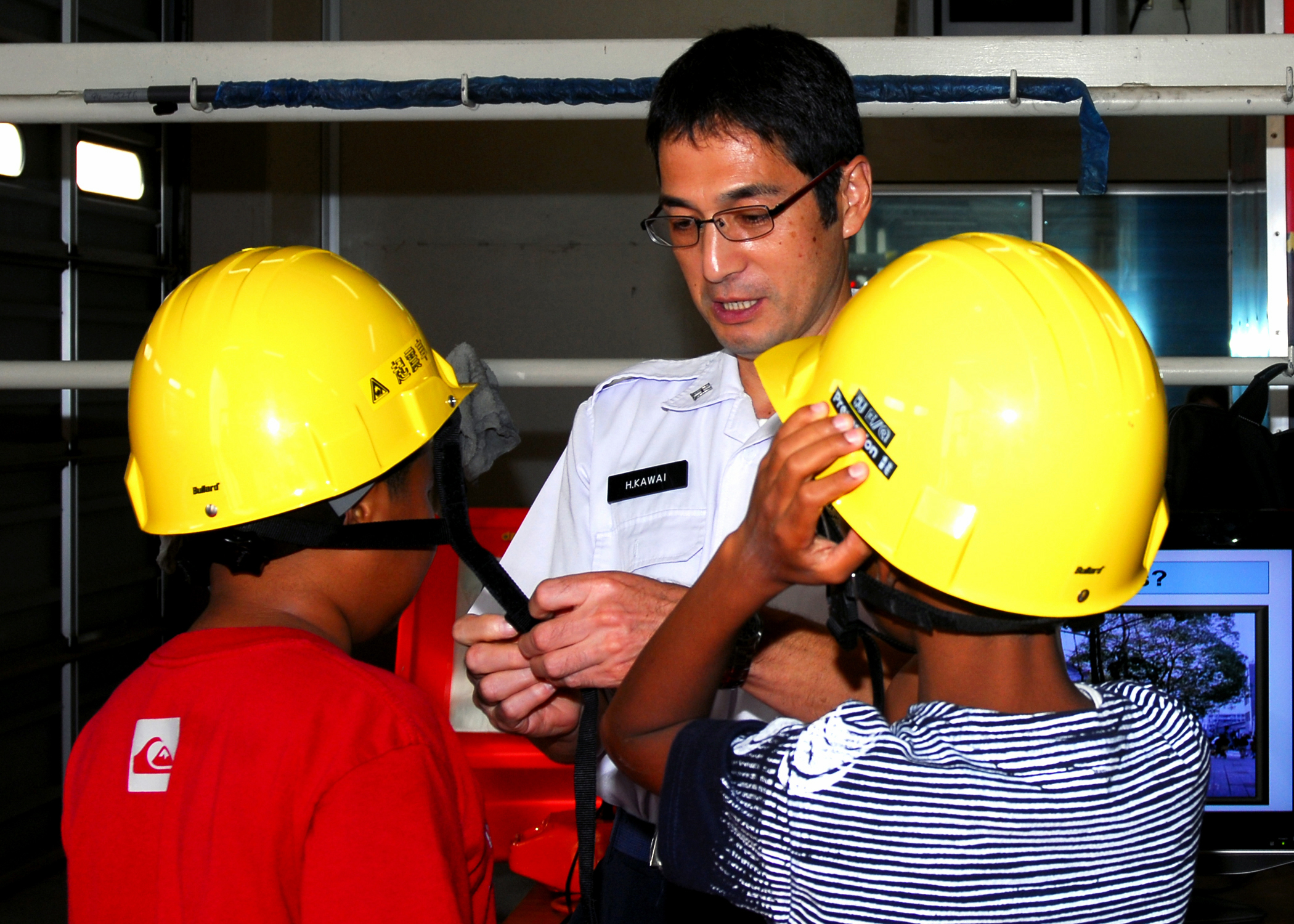
Wellington’s schools and universities are turning seismic risk into a powerful teaching tool. Students learn about plate tectonics, earthquake safety, and emergency response from a young age. Field trips to geological sites and science museums spark curiosity and foster a deep respect for the forces shaping their city. This focus on education is helping to build a culture of preparedness and innovation, ensuring that future generations are even better equipped to face whatever comes.
Wildlife and Ecosystems: Nature’s Response to Quakes
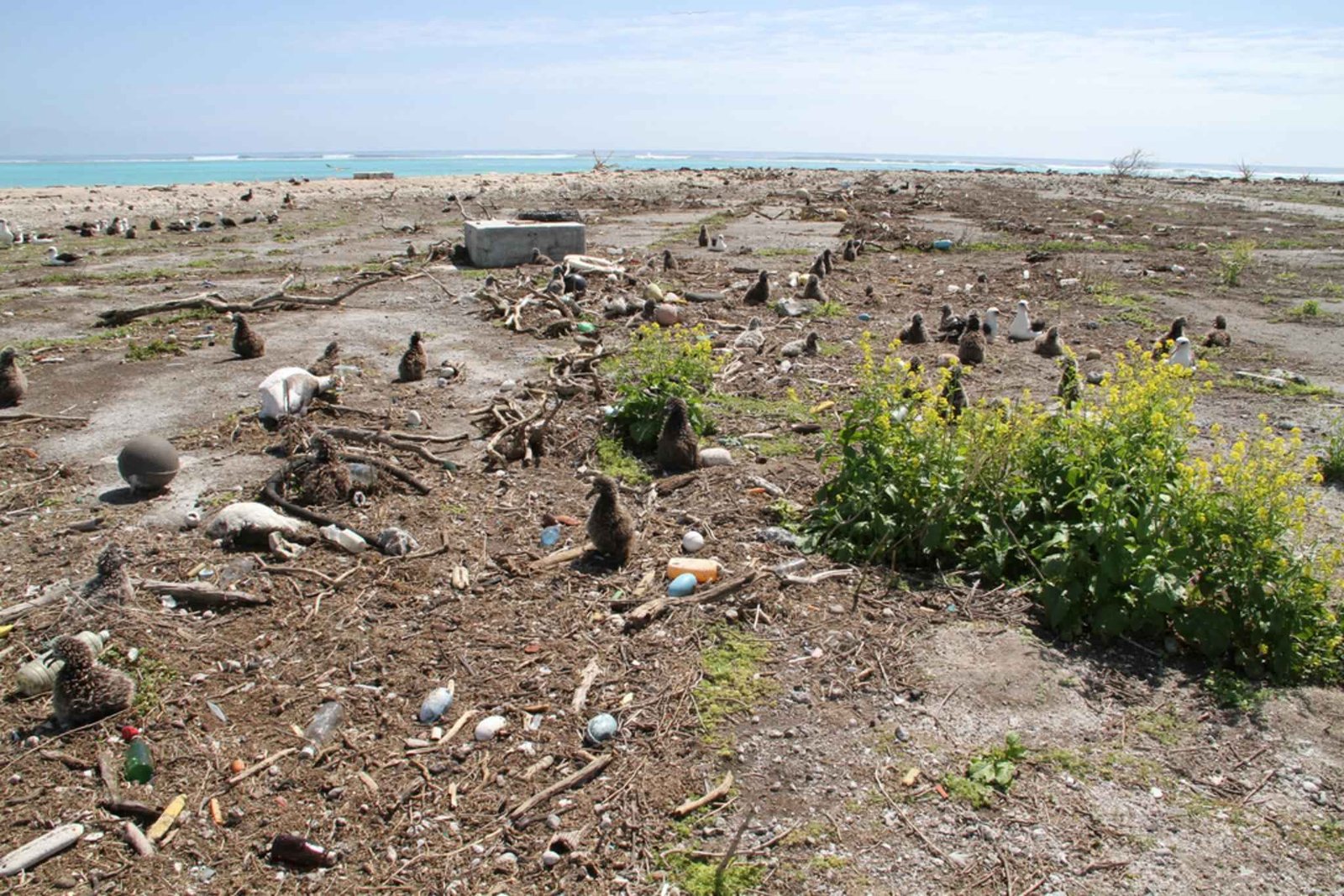
Earthquakes don’t just affect people—they reshape habitats and influence the survival of local species. Uplifted land creates new wetlands, while landslides can block rivers and alter migration patterns. Scientists are studying how Wellington’s unique flora and fauna respond to these sudden changes. Some species adapt quickly, while others struggle. This research is shedding light on the resilience of nature, and offering clues for how humans might adapt as well.
Psychological Impacts: Living with Anxiety and Hope
The constant threat of earthquakes can take a toll on mental health. Many Wellingtonians experience anxiety, especially after a big tremor or a series of aftershocks. Support networks and counseling services are available to help people cope. At the same time, the shared experience of living on a fault line often fosters a strong community spirit. People look out for each other, drawing strength from their collective resilience and hope for the future.
Looking Forward: Embracing the Unpredictable
Wellington’s future is being shaped by forces both seen and unseen. As new fault lines are discovered and our understanding of seismic risk deepens, the city is learning to adapt in ways that are both practical and creative. Building resilience is an ongoing process—one that demands scientific insight, community engagement, and a willingness to embrace uncertainty. The story of Wellington is far from finished; it’s being written every day, one trembling moment at a time. Will we ever truly tame the forces beneath our feet, or is our greatest strength learning how to live with them?

